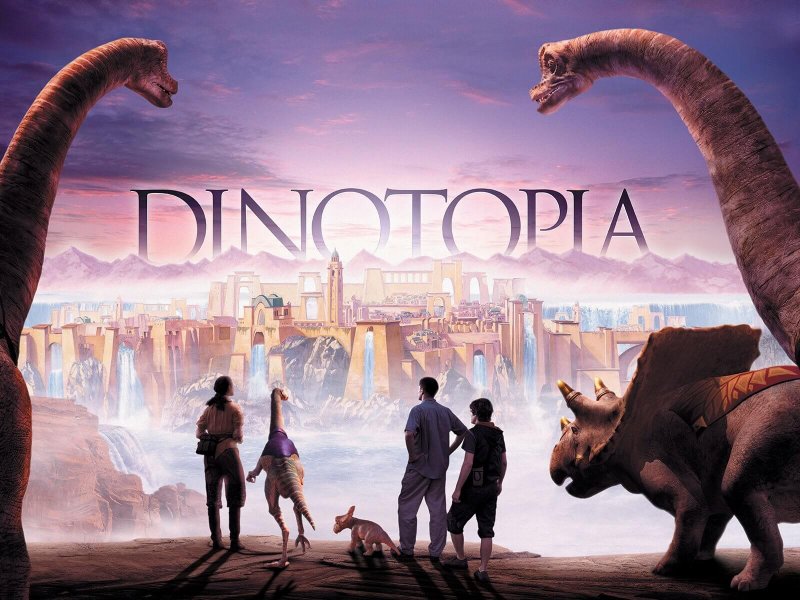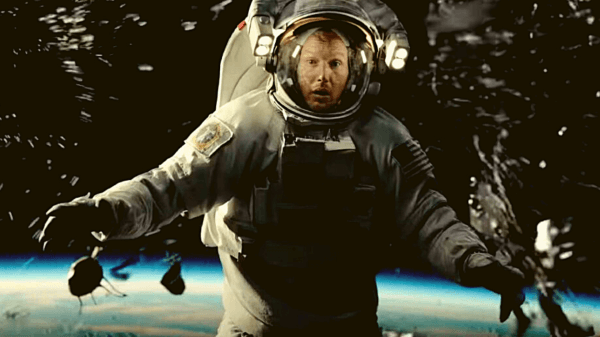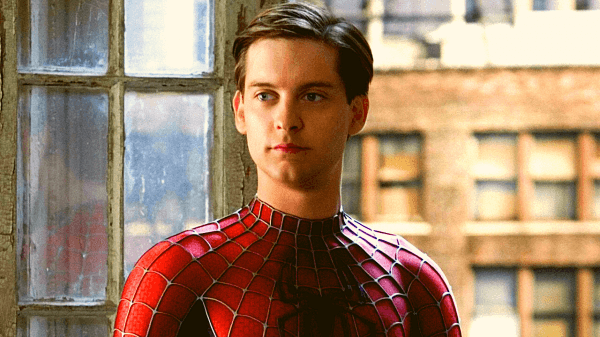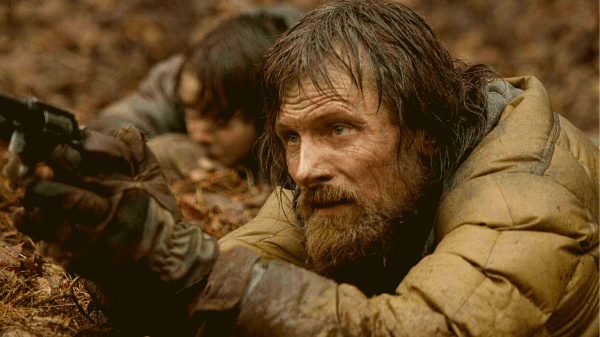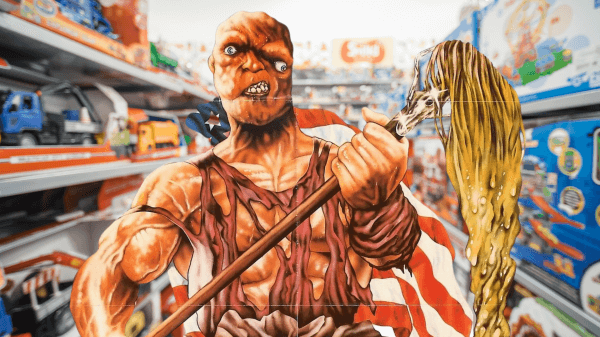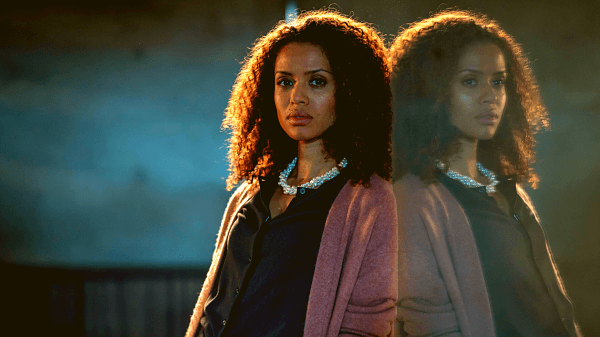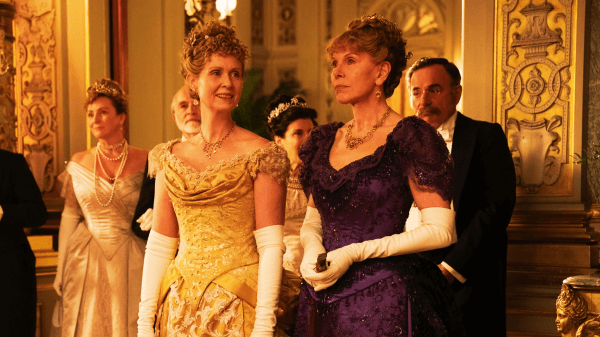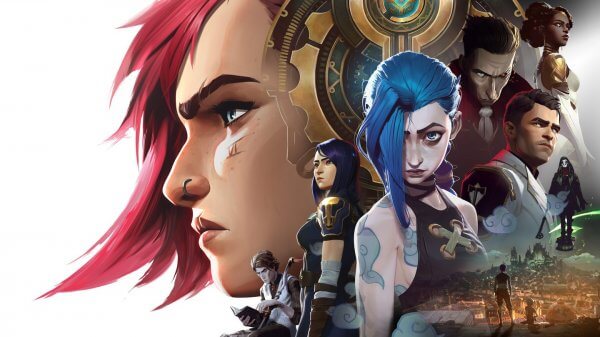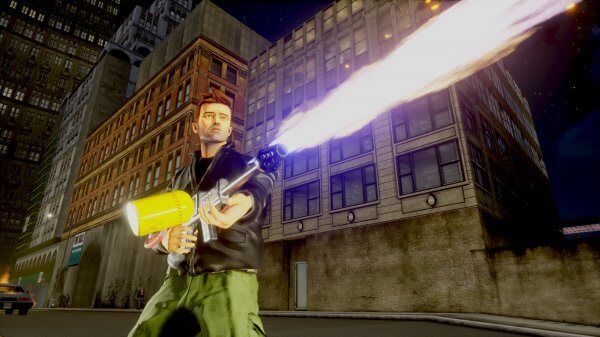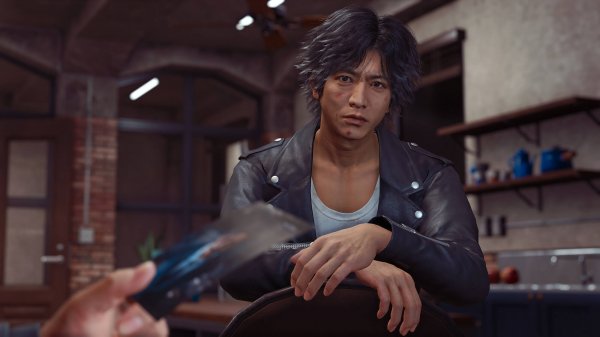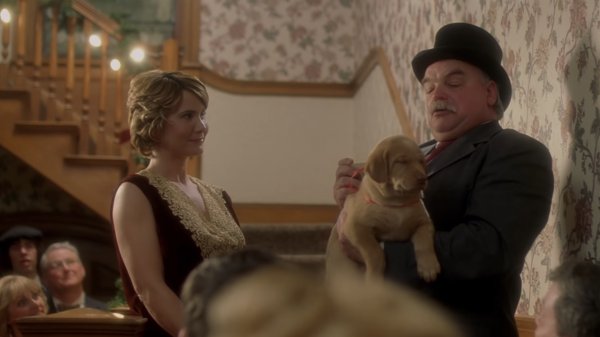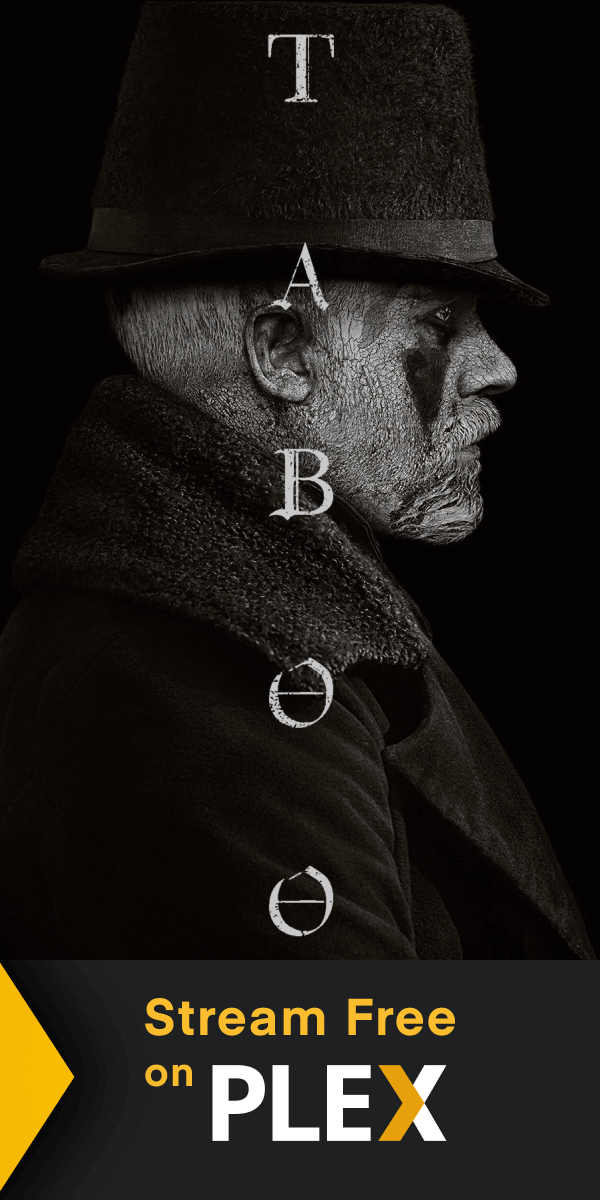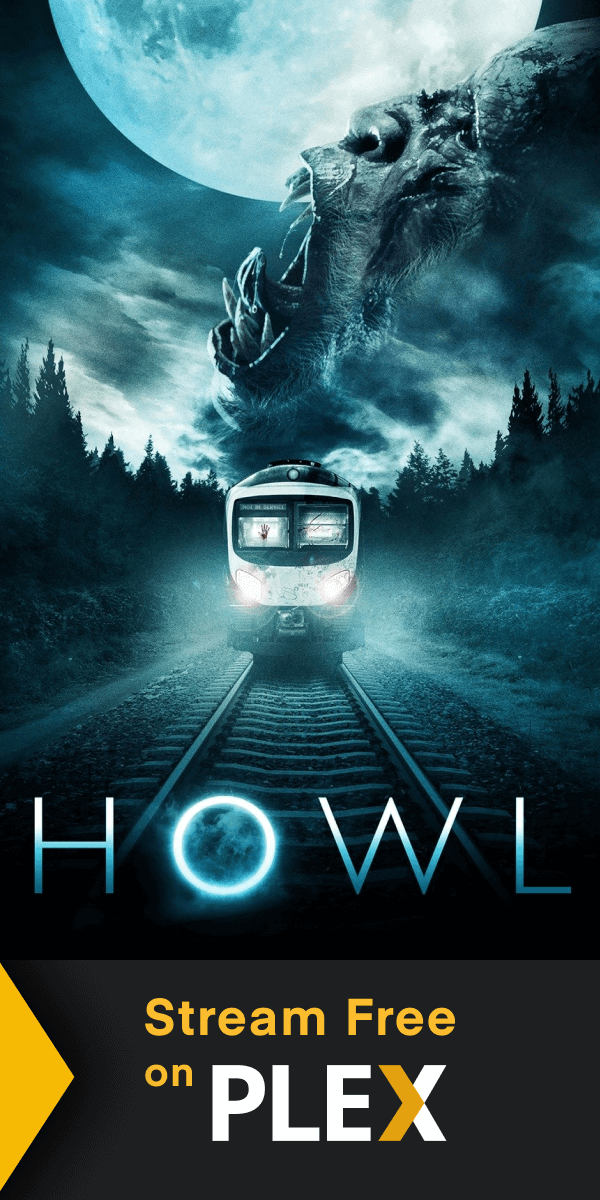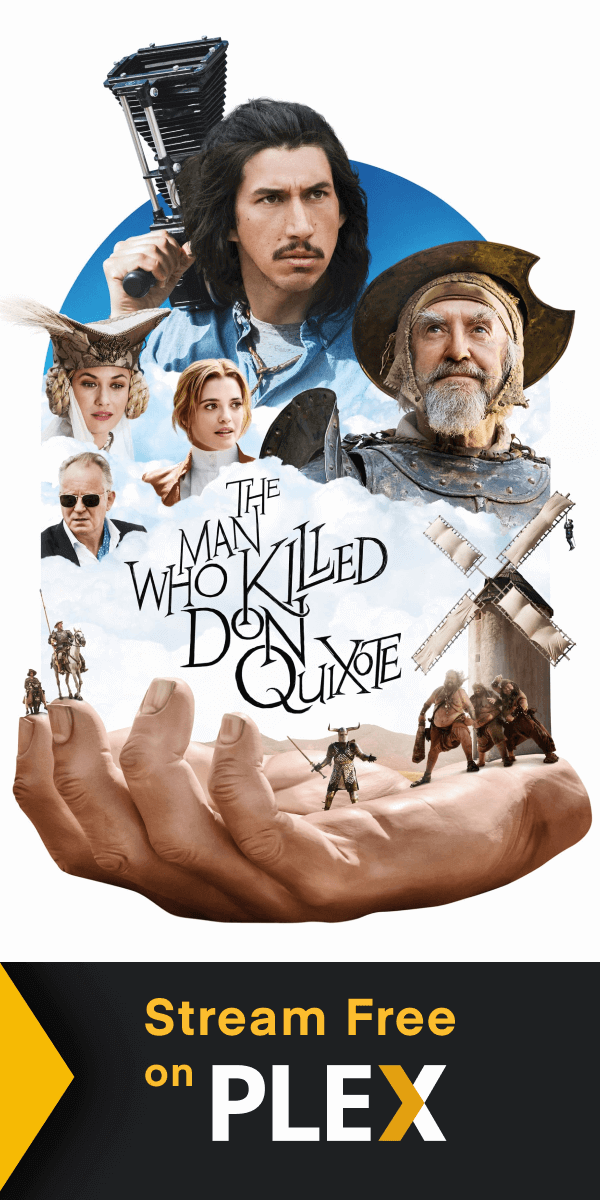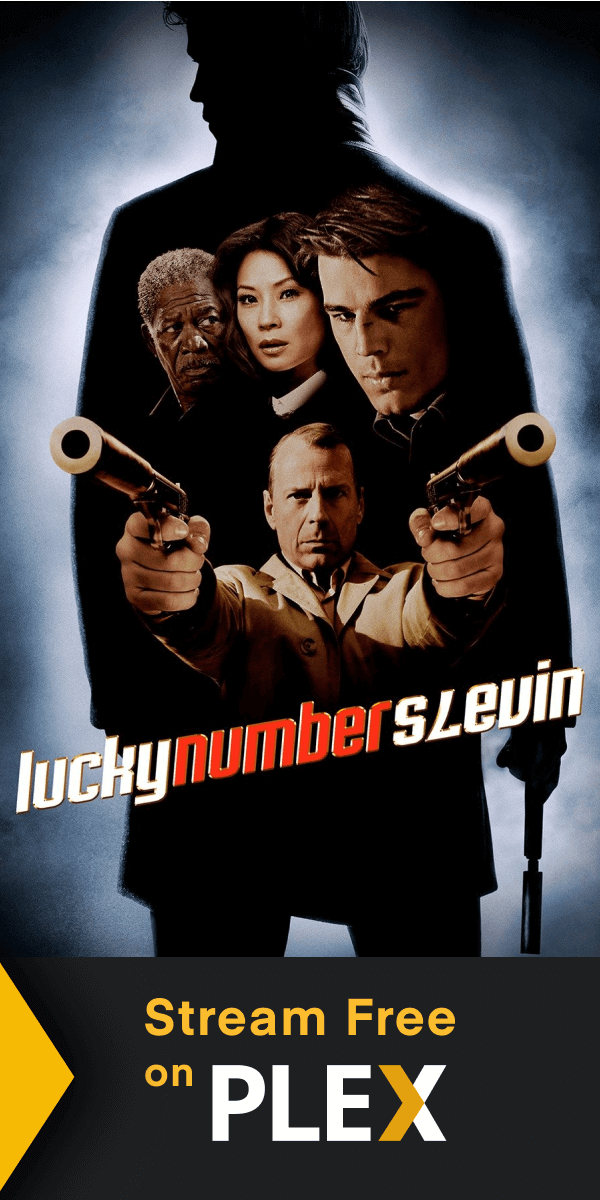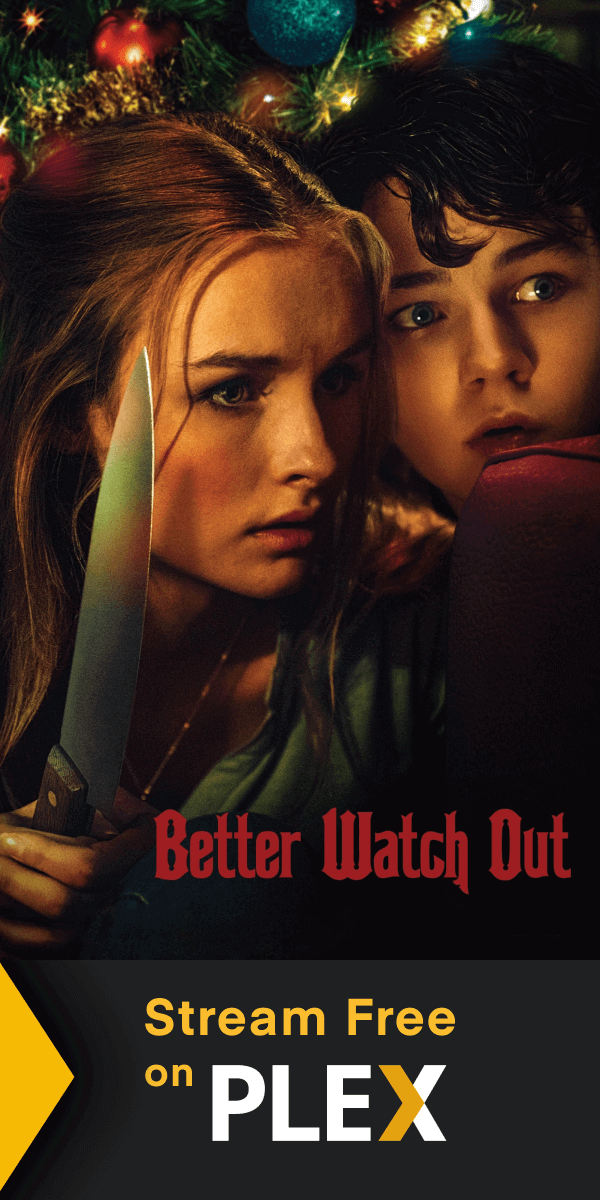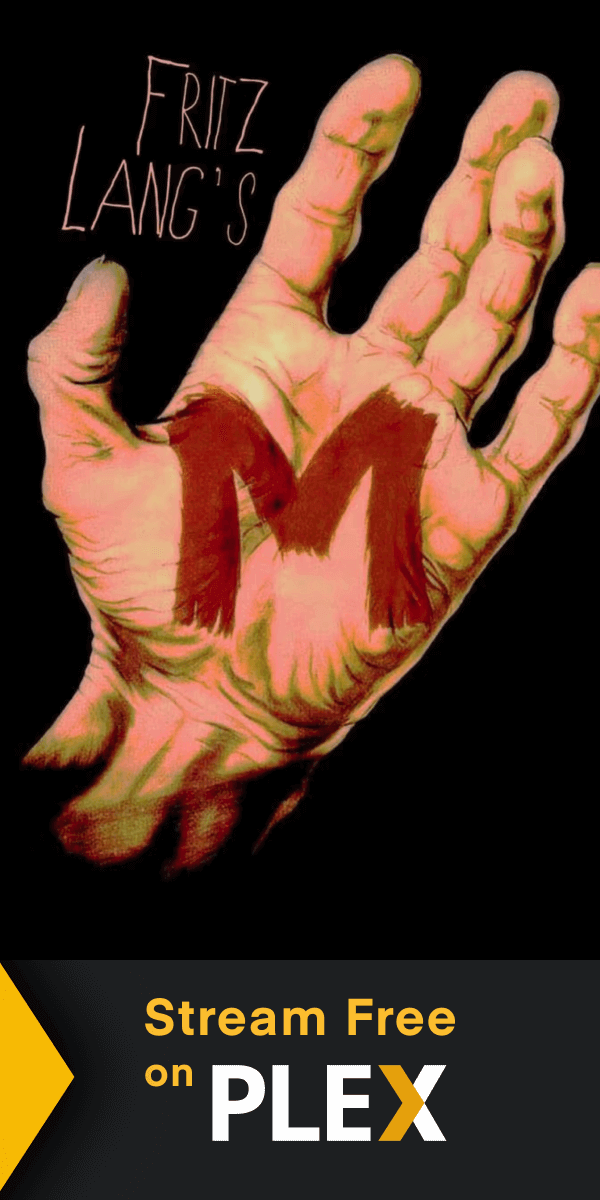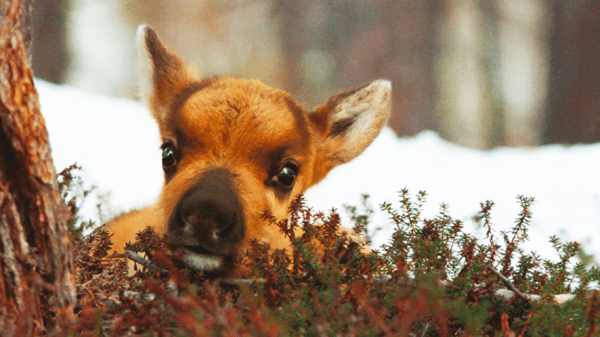The world of Dinotopia is a dino-loving kid’s dream come true. It’s a place where dinosaurs and humans live, work, and talk with each other. A land where humans can fly on the back of a pterosaur or ride a triceratops like a camel. You could be friends with dinosaurs! It’s really a fun fantasy to have, even for an adult.
Frankly, if you’re the kind of person who watched Jurassic World and thought it’d be really cool to be a velociraptor trainer, then Dinotopia is totally for you.
What started as a series of children’s books with brilliant illustrations quickly became popular with both kids and adults. Ten years after the first Dinotopia book, a miniseries was created for television in 2002. It featured all kinds of iconic dinosaurs throughout the series — along with a few that might look unfamiliar. If you’re curious to know more about the dinosaurs that appeared in the series, check out this list for some fun facts.
Ankylosaurus
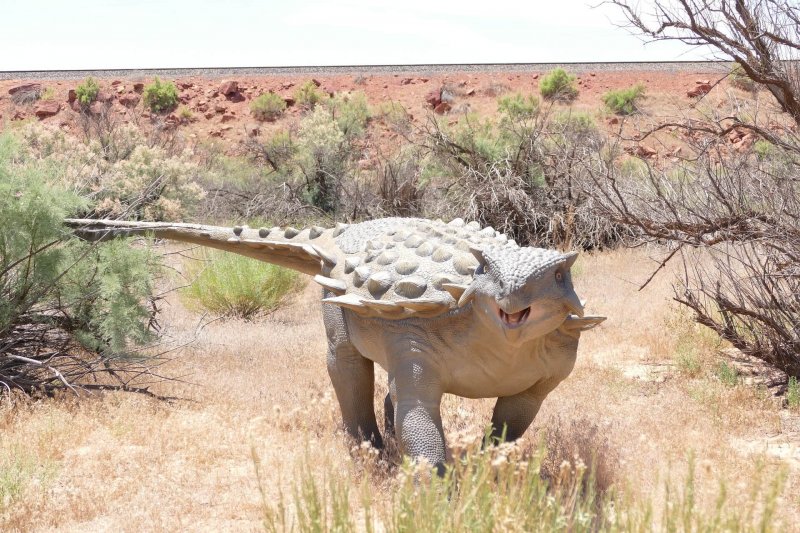
Stumpy, stocky, and rocky: The ankylosaurus was a tank of a dinosaur. Its body was covered with armor-like plates that continued down its back and ended with a club at the tip of the tail. Despite its highly armed, ready-for-battle appearance, it was an herbivore that grazed on ground-level plants. Its beak could strip leaves off these plants, but it didn’t have the teeth to grind them down. Instead, researchers theorize that it had a digestive system that could break down unchewed plant matter just like horses or cows.
The anatomy of the ankylosaurus, like most dinosaurs, seemed to be a work in progress. A Journal of Anatomy study published in 2011 found that it had a weird nasal cavity that looped around its head like a roller coaster. In 2014, another team of paleontologists proposed that the loops helped the creature keep its own brain cooled down — an actual concern for big dinosaurs with small brains.
That characteristic clubbed tail wasn’t for show, either. According to a 2009 study published in the journal PLOS ONE, the club was capable of breaking bones upon impact. But whether the tail was used to impress mates, fight other competitors, or defend against predators is still up in the air.
Brachiosaurus
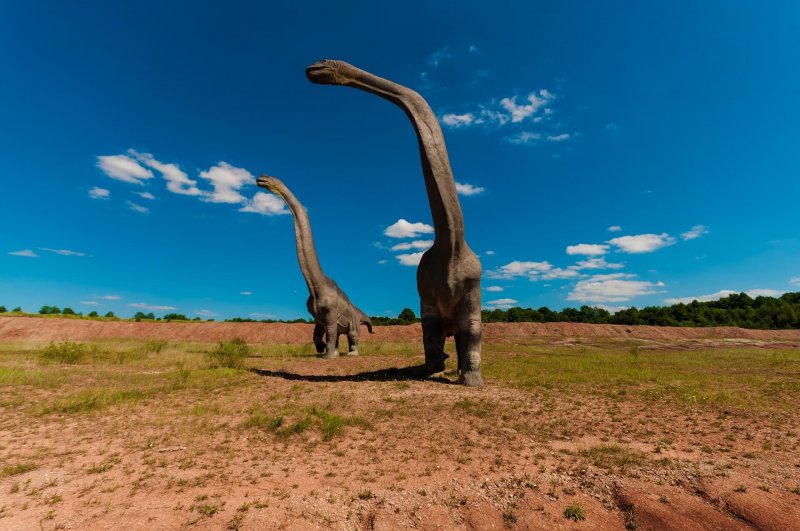
The memorable brachiosaurus was the first species of dinosaur audiences saw in Jurassic Park as the main characters were welcomed into the theme park. In Dinotopia, the brachiosaurus interact very closely with humans, serving as enormous buses to transport people.
In real life, brachiosaurus was likely a warm-blooded creature, unlike modern-day reptiles, due to its gigantic size. Its body was sloped due to its short back legs and longer front legs, which has led paleontologists to believe its neck would’ve had to go straight into the air like a giraffe’s. How flexible this neck was, however, is still in debate.
Unfortunately, the brachiosaurus’s anatomy doesn’t support the idea that it could briefly rear up on its hind legs. That’s just in the movies.
A brachiosaurus’s habitat was likely made up of dry, flat land that lacked hills or deep bodies of water. Its teeth were perfectly suited for pulling leaves from the branches of trees as well as some ground-level grazing when food was scarce.
Chasmosaurus

The chasmosaurus is part of the ceratops family of dinosaurs that feature a beak, horns, and a frill. It might look like a triceratops, but it’s distinct thanks to a few characteristics: it has shorter horns and a heart-shaped frill on its head.
Chasmosaurus was another herbivore with a beak-like mouth that stripped plants of their greens. Its three, short horns and thin frill have been a mystery to paleontologists. None of these parts were long or sturdy enough to use for defense. Current theories propose the frill could’ve been used to intimidate predators or regulate chasmosaurus’s temperature.
Dimorphodon
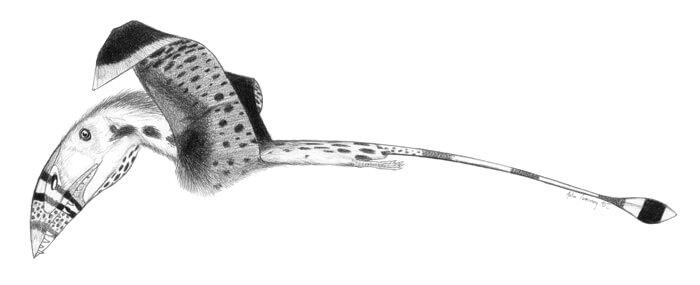
The dimorphodon in Dinotopia looks much more like a parrot or a feathered bird instead of the pterosaur it’s supposed to be. This unique creature likely had pycnofibres instead of feathers, a long tail, and membrane wings. It also had two types of teeth in its mouth — a rarity among reptiles.
It’s a strange pterosaur in the sense that its wings weren’t actually large enough to be very useful. A book on pterosaurs by paleontologist Mark P. Witton noted its wings were too small for its body, making it likely that the dimorphodon only made short flights or sprung into the air as a defense.
There has been a lot of debate over whether dimorphodon ran around on four limbs (quadruped) or two legs (biped). Researchers are using computer modeling to figure out whether its body could have supported either stance.
Dunkleosteus
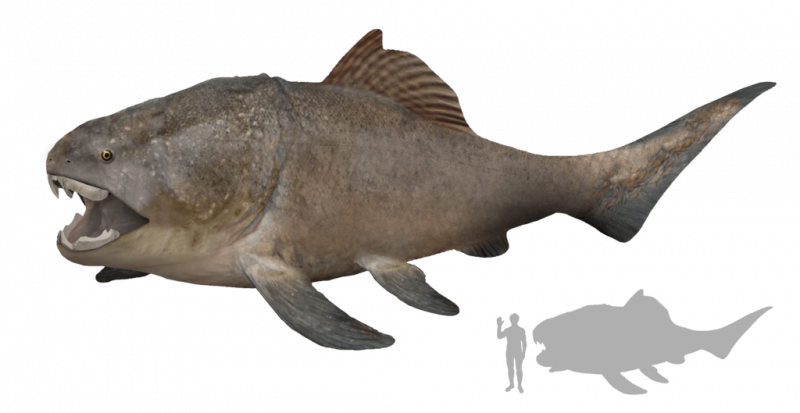
Dunkleosteus is basically an ocean-fearing person’s worst nightmare. Dinotopia makes it look like an eel, but in reality it was an enormous fish with a wicked bite.
This prehistoric fish had armor-like plating on its body, making it a slow but strong swimmer. According to a 2009 study published in BioOne Complete, the dunkleosteus’s “teeth” were actually sharp, bony plates that functioned almost like a beak.
That’s not all this sea-horror had. Its jaws had a unique structure that could allow it to open and close within 60 milliseconds. Keep in mind that one second equals 1000 milliseconds! The dunkleosteus could gobble up its prey in less than a blink of a human eye. Fossil evidence of semi-digested fish have been found with dunkleosteus fossils, indicating that its jaw was strong enough to pierce other armored fish.
Mosasaurus

This is another weird one from Dinotopia; the series portrays the mosasaurus as giant crocodiles with feet and legs to crawl onto land. But the mosasaurus likely had flippers, not feet, and probably stayed in the water. It’s hard to blame Dinotopia for the inaccurate look of mosasaurus, though. For a very long time, researchers bounced back and forth between whether the giant beast looked more like a whale or a crocodile. Its long, toothy snout likely didn’t help matters.
The mosasaurus was an apex predator that even ate its own kind when it had the chance. It lived a violent life — there are a number of fossils that show evidence of injuries along the head, snout, and teeth. Researchers assume the mosasaurus fought each other like crocodiles, chomping down on each others’ snouts or heads to make them submit.
Parasaurolophus

We’re back with the herbivores thanks to parasaurolophus, a species of dinosaur used as two-legged horses in the series. Parasaurolophus is identifiable by its unique head crest that extends out the back as if someone attached a boomerang on its skull. There were a lot of guesses as to what these crests did, but many were disproven over the years. Right now, paleontologists believe it had several functions including use as a mating display, communication, or body temperature control.
Parasaurolophus also had very short forearms that they leaned on to forage for plants. Researchers believe that the parasaurolophus ran around on two legs when they needed to move. Their narrow beak could selectively grab plants and, unlike the herbivores listed earlier, they had teeth that could actually grind their vegetation down.
Pteranodon

The pteranodon is a well-known, prehistoric flier with over 1,000 fossilized specimens identified. It lacked teeth within its very long beak, just like our current birds, and had a crest that extended from the back of its skull.
In the past, researchers pondered whether the pteranodon flew by soaring or flapping its wings like mad. The size of its wings compared to the body suggested that either method of flying could’ve been possible. But a 2010 study published in the journal PLOS ONE theorized that pteranodon preferred to soar through the skies like large birds, relying on thermal columns to keep its enormous body aloft.
It did, however, have to land every now and then. Thanks to fossilized pteranodon tracks, most paleontologists believe pteranodon ran on all fours when it needed to move on the ground.
Stegosaurus
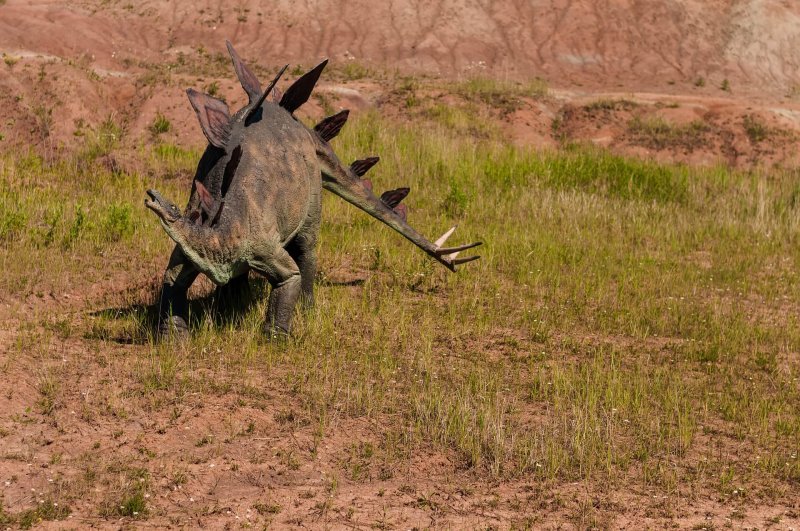
This easily recognizable dinosaur makes a couple appearances in the Dinotopia miniseries. The stegosaurus was an herbivore with two rows of plates running down its back and a tail that ended with spikes. Paleontologists aren’t sure what the plates did, exactly, but theories range from temperature regulation to attracting mates.
That dangerous-looking, spiked tail was used exactly the way you’d think it’d be used — as a weapon. Scientists have found evidence of puncture wounds from these tails on an Allosaurus fossil. Additionally, at least 10 percent of all stegosaurus fossils found show some damage to their spikes, indicating their use.
One last thing a stegosaurus is infamous for is its insanely small brain. Before, experts said a stegosaurus’s brain was the size of a walnut. Although that has since been disproven, the recent knowledge on the shape of its brain isn’t much more flattering.
“The brain of Stegosaurus was long thought to be the size of a walnut,” Kenneth Carpenter, director of the USU Eastern Prehistoric Museum, told Live Science. “But actually, its brain had the size and shape of a bent hotdog.”
Triceratops
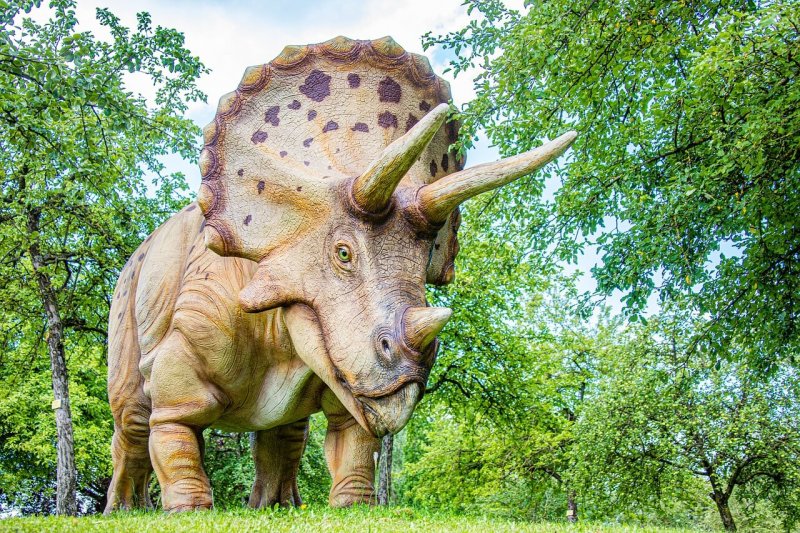
Triceratops didn’t actually make a physical appearance in the series, but it was mentioned by one of the human characters. As a member of the ceratops family, it had a beaked mouth for stripping greens, three horns on its head, and a rounded frill. It’s also one of the more well-known dinosaurs due to its many appearances in media, such as The Land Before Time.
Fossil evidence has indicated that the triceratops was one type of prey for the infamous tyrannosaurus. There have been healed tyrannosaurus bite marks found on triceratops horns and teeth marks on triceratops’ remains.
Interestingly, though most people assumed herbivores traveled in herds, there’s not much evidence to show triceratops did the same. Current research indicates it may have lived in small groups of 5-10 individuals at most.
Troodon
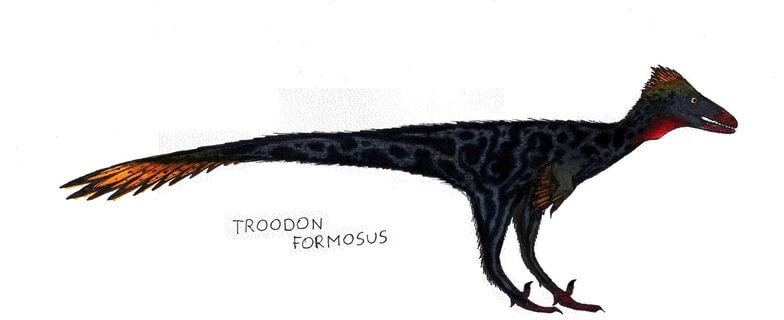
The troodon is a small, bird-like group of dinosaurs that were thought to be carnivorous, but recent theories have pondered the possibility of the group being omnivorous as well. Researchers hypothesize that most of its diet was soft food like meat, however.
It’s possible that the troodon in Dinotopia could also be a stenonychosaurus — a group of dinosaurs that were once thought to be the same species as troodons. It, too, was a small dinosaur with one of the largest brains in comparison to its body. That might be why the series depicted the troodon character, Zipeau, as a librarian.
Tyrannosaurus rex

Tyrannosaurus rex. The hot shot of the dinosaur world. The pop star of the prehistoric stage. It’s one of the most popular dinos thanks to, well, nearly every dinosaur movie out there. This gigantic beast with its enormous, toothy head and ground-shaking gait is the perfect villain for any film.
Everything about this king screams “Carnivore!” But there has been a very long debate among experts as to whether the t-rex was a hunting predator or giant scavenger. Nowadays, paleontologists have theorized it played both roles.
Despite what Jurassic Park taught you, it’s likely that the tyrannosaurus had astounding vision. A study published in 2006 used computer modeling to figure out the size of its eyeballs and determine how well the giant predator could actually see. The researcher, Professor Kent Stevens from the University of Oregon, found that its vision was better than that of a hawk or eagle, and a best-case scenario indicated the t-rex’s eyesight was 13 times better than a human’s.
Not only were its eyes sharp, but so was its sense of smell. This likely helped it find distant carcasses it could scavenge for easy food.
Ready to brave the world of dinosaurs and humans? Watch the show on Plex:
Dinotopia
...
